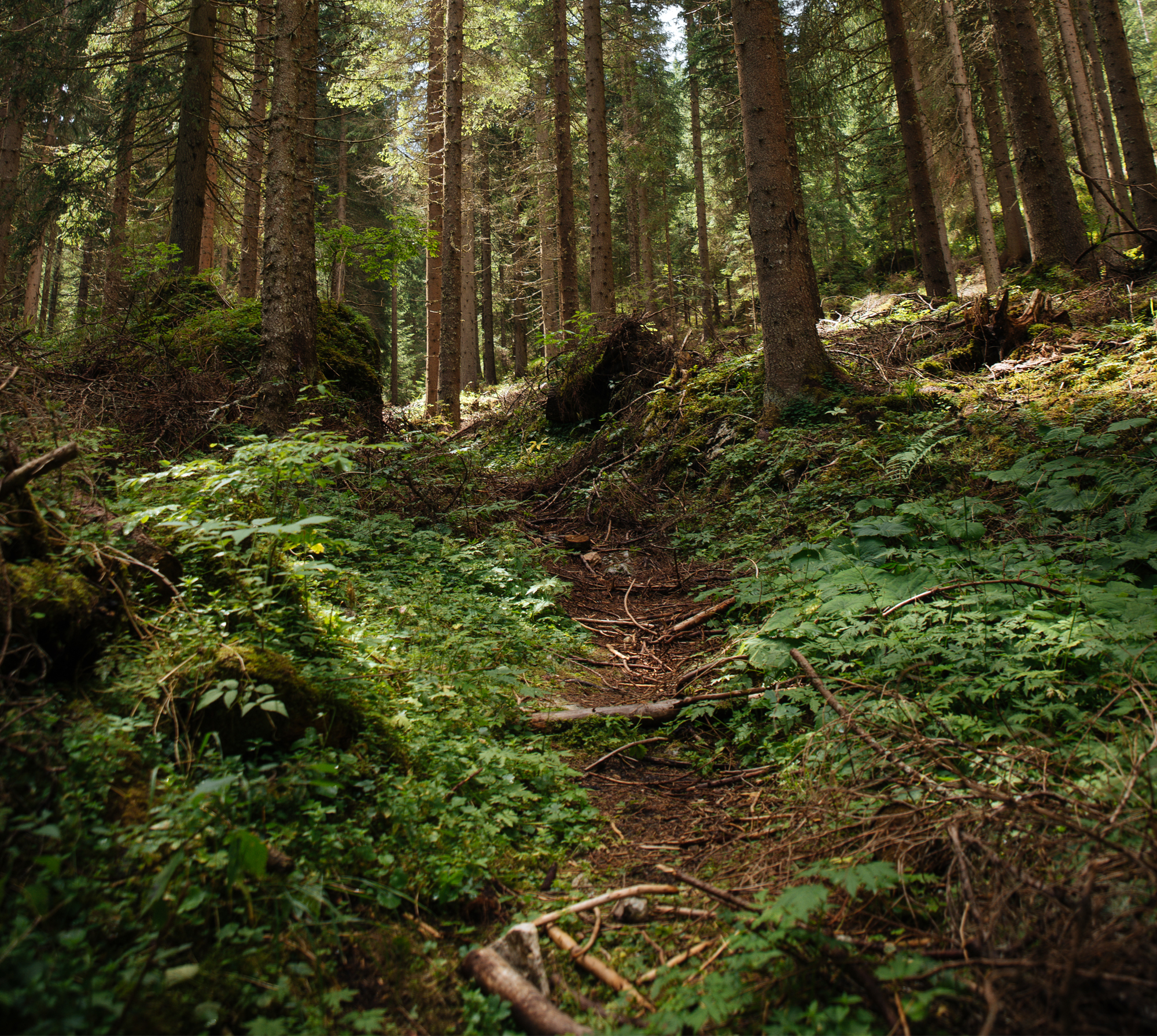
Wykorzystanie budek lęgowych na siedliskach borowych w Puszczy Augustowskiej
Using nest-boxes in pine stands of the Augustów Forest
Autorzy
-
Grzegorz Zawadzki
Szkoła Główna Gospodarstwa Wiejskiego, Wydział Leśny, Katedra Ochrony Lasu i Ekologii, ul. Nowoursynowska 159, 02-776 Warszawa;
Tel. + 48 694951221, e-mail: grzesiekgfz@op.pl - Jerzy Zawadzki Regionalna Dyrekcja Lasów Państwowych w Radomiu, ul. 25 Czerwca 68b, 26-600 Radom;
- Dorota Zawadzka Instytut Nauk Leśnych, Uniwersytet Łódzki, Filia w Tomaszowie Mazowieckim, ul. Konstytucji 3 Maja 65/67, 97-200 Tomaszów Mazowiecki
- Anna Sołtys Szkoła Główna Gospodarstwa Wiejskiego, Wydział Leśny, Katedra Ochrony Lasu i Ekologii, ul. Nowoursynowska 159, 02-776 Warszawa;
Abstrakt
In 2011–2014, the occupancy of nest-boxes by secondary hole-nesting birds and their breeding success was investigated in pine stands of the Augustów Forest (North-Eastern Poland). In the studied area of 12600 ha, the share of Scots Pine Pinus sylvestris L. in the stands was 92%. On average, birds occupied 54% and bats 3% of the 224–317 nest boxes controlled yearly. Nest boxes were also used by the Pygmy Owl Glaucidium passerinum L. as food caches. In total, broods of nine secondary hole-nesting species were observed, but only four bird species nested in each year of study. The most numerous species, occupying 53–60% of all boxes each year was the Pied Flycatcher Ficedula hypoleuca Pall. The Great Tit Parus major L. occupied 15–24% and the Coal Tit Periparus ater L. 10–12% of available nest-boxes, while the Redstart Phoenicurus phoenicurus L. used 2–7% of nest boxes. The yearly breeding success was highest for tits (Great Tit – 52–84%, Coal Tit – 50–72%) and strongly variable for the Pied Flycatchers – 38–78%. Broods were lost due to predation by martens Martes sp. (38%) and great spotted woodpeckers Dendrocopos major L. (6%) as well as nest competition (2%). The nest-boxes were occupied at a constant rate during the following four years after their exposition. Over 67% of the new nest-boxes were occupied annually which means new nest-boxes (up to 4 years) were occupied significantly more often than boxes older than 4 years.
Słowa kluczowe
| DOI | 10.2478/frp-2019-0012 |
|---|---|
| Source | Leśne Prace Badawcze, 2019, 80 (2): 137–143 |
| Print ISSN | 1732-9442 |
| Online ISSN |
2082-8926 |
| Type of article |
Original research article |
| Original title |
Wykorzystanie budek lęgowych na siedliskach borowych w Puszczy Augustowskiej |
| Publisher | Instytut Badawczy Leśnictwa, Sękocin Stary, Poland |
| Date | 2019, June |
- Długosiewicz J., Zając S., Wysocka-Fijorek E. Ocena naturalnego i sztucznego odnowienia drzewostanów sosnowych Pinus sylvestris L. w Nadleśnictwie Nowa Dęba
- Kwiatkowski D., Słowiński K., Knapek J. Wpływ substancji organicznych pochodzenia roślinnego na kiełkowanie nasion i rozwój siewek sosny zwyczajnej Pinus sylvestris L.
- Rogowski M. Przepustowość szlaków turystycznych na Szczelińcu Wielkim i Błędnych Skałach w Parku Narodowym Gór Stołowych
- Zawadzki G., Zawadzki J., Zawadzka D., Sołtys A. Wykorzystanie budek lęgowych na siedliskach borowych w Puszczy Augustowskiej
- Jaźwiński J., Banach J., Skrzyszewska K., Strejczek-Jaźwińska P. Stabilność adaptacji potomstwa buka zwyczajnego Fagus sylvatica L. po pięciu latach wzrostu

